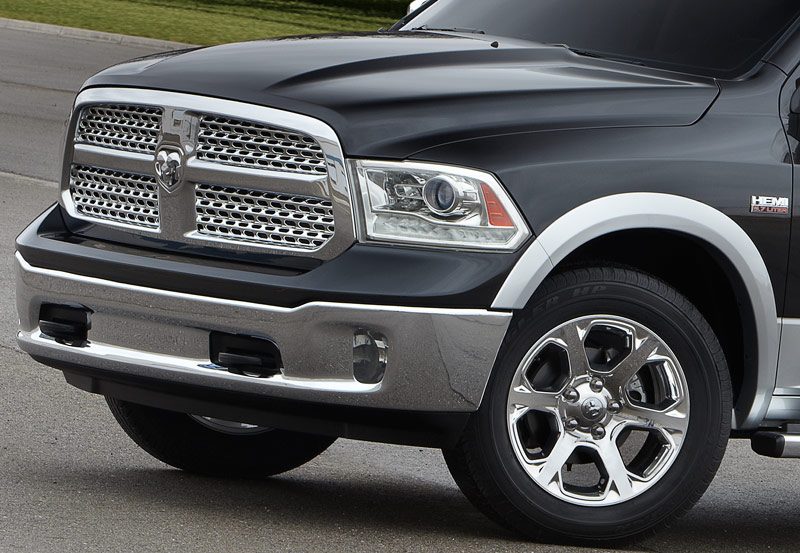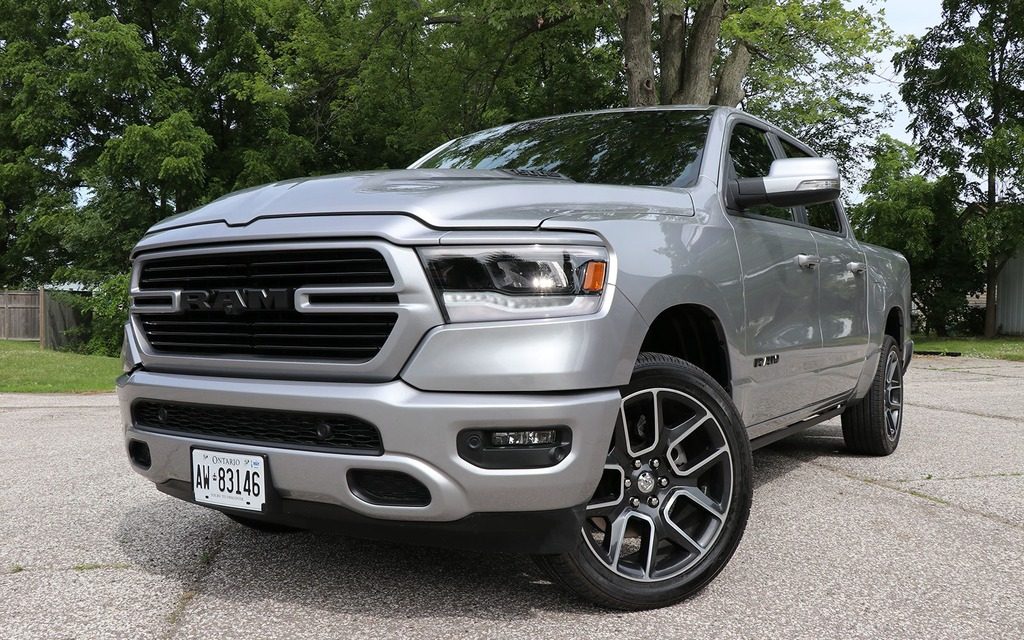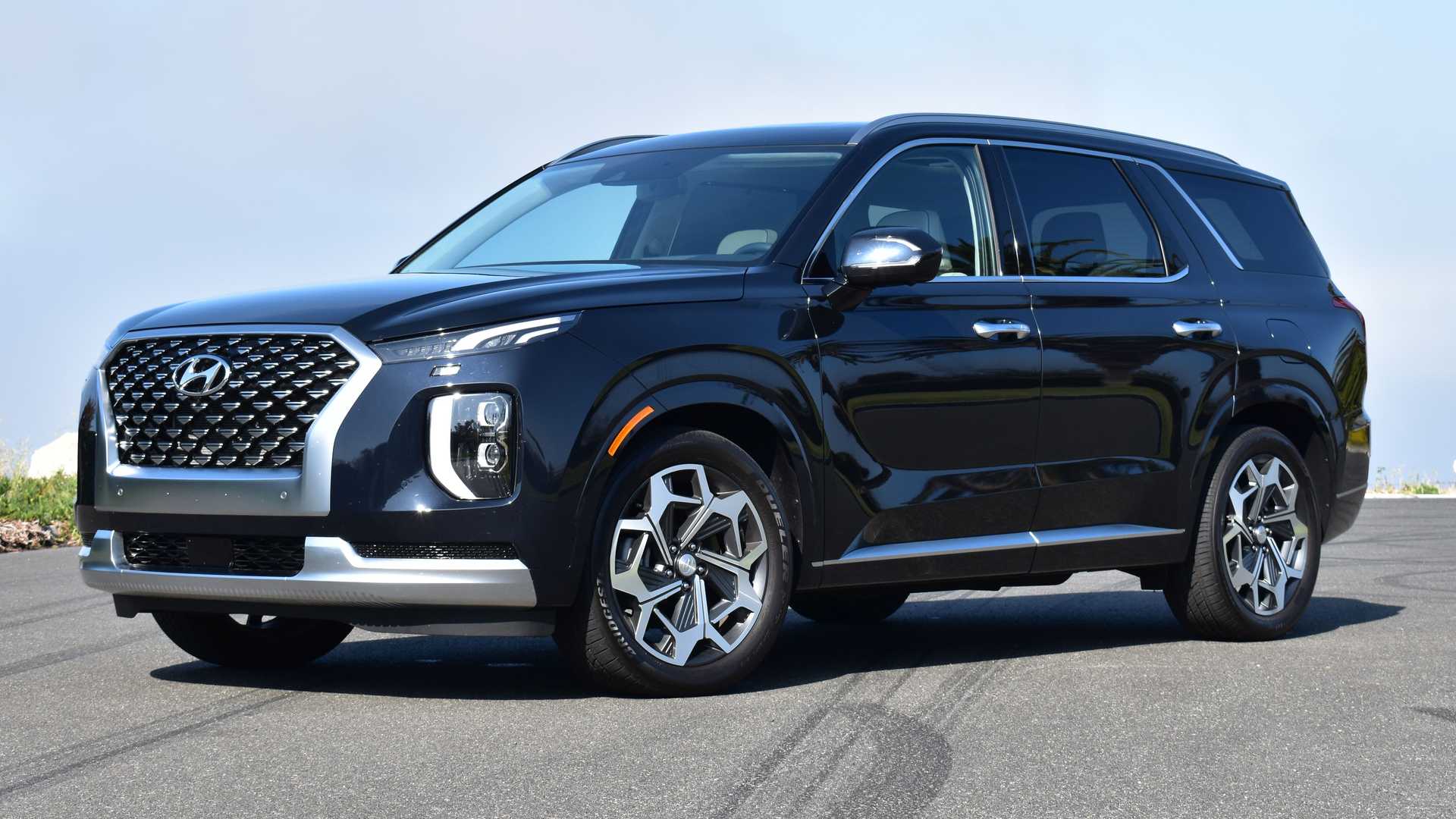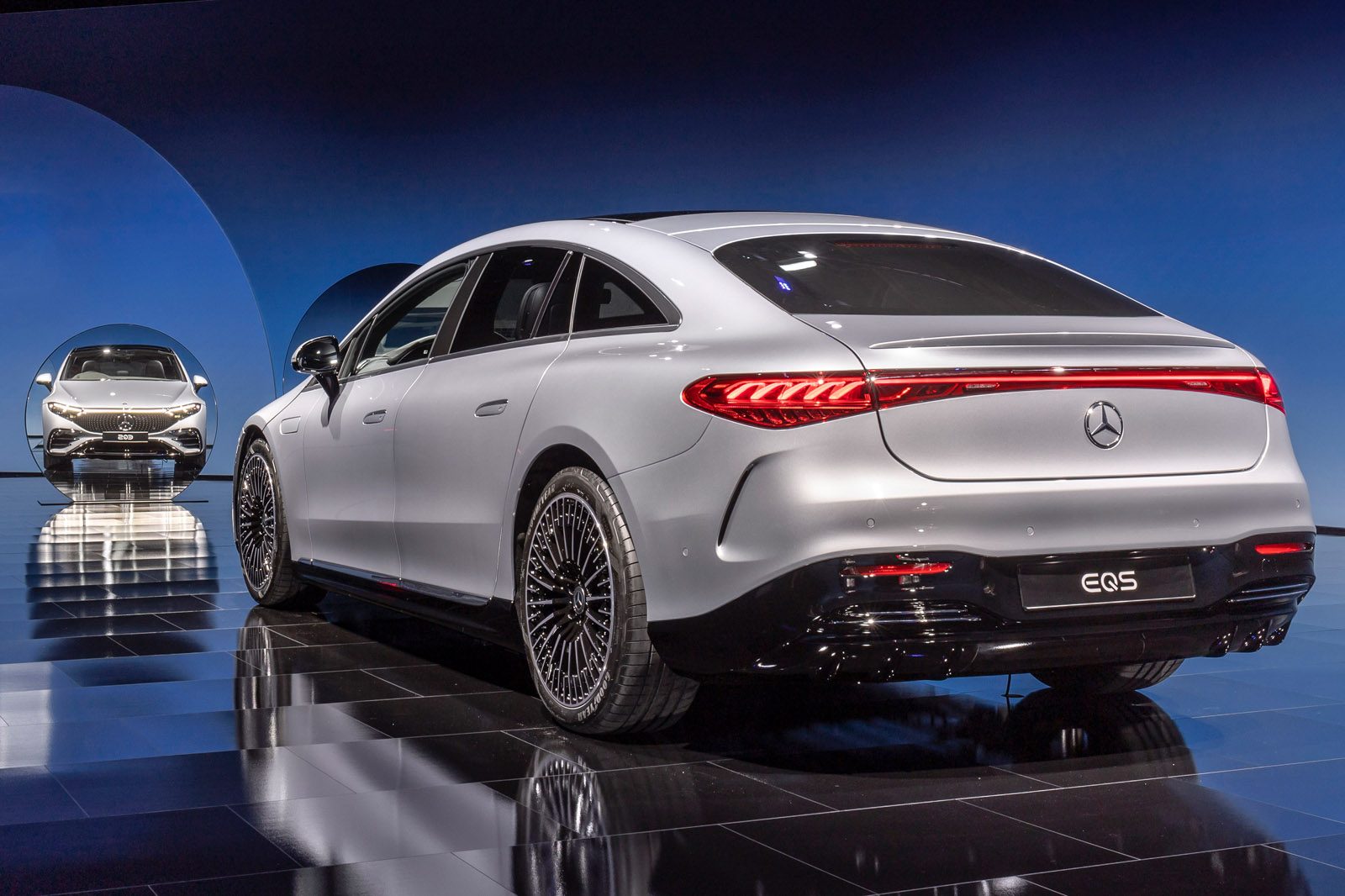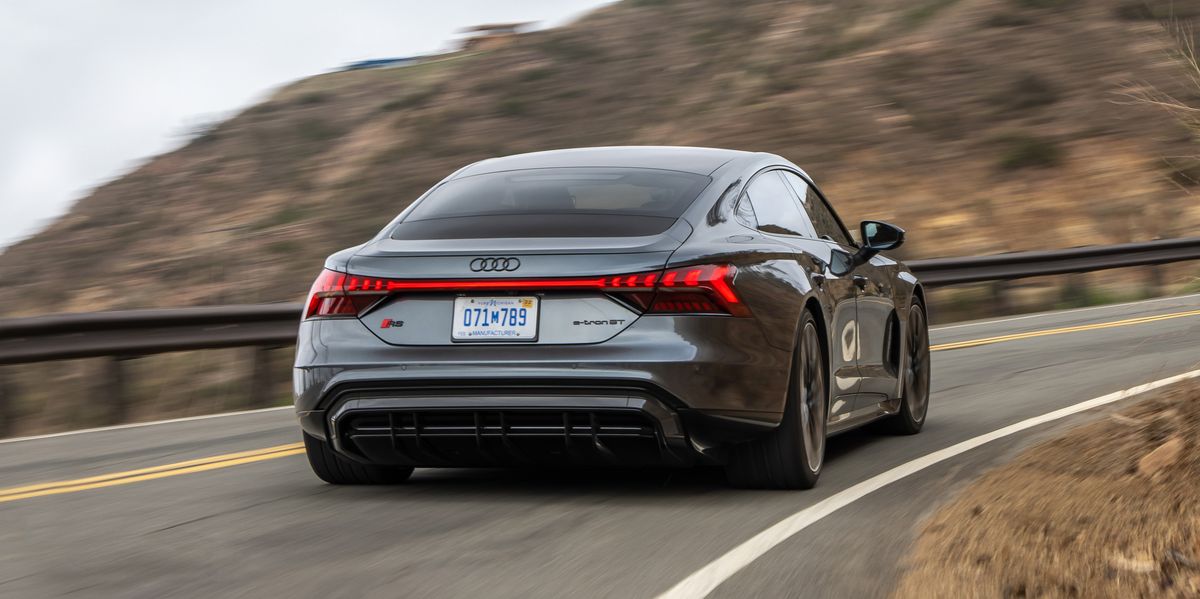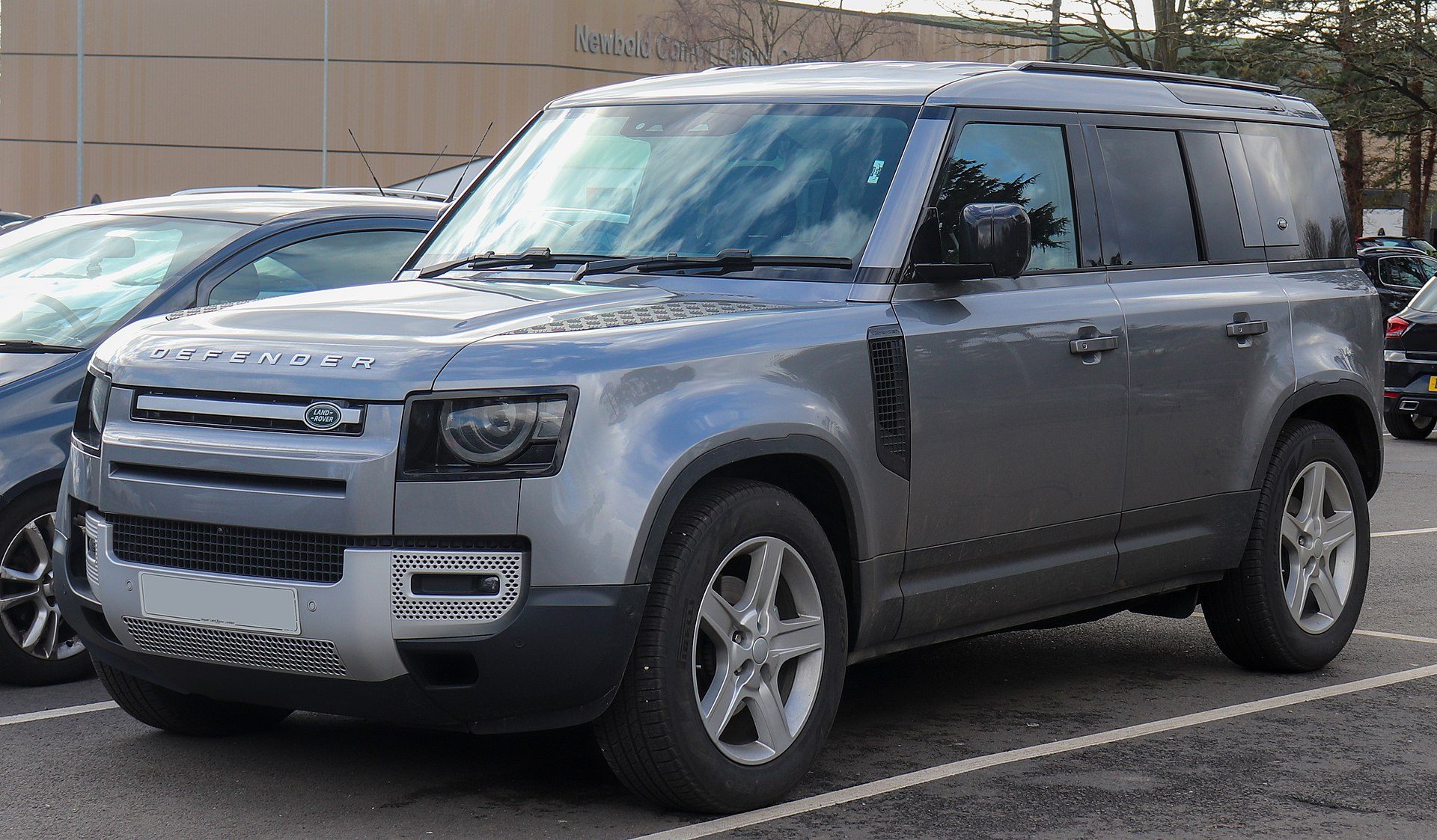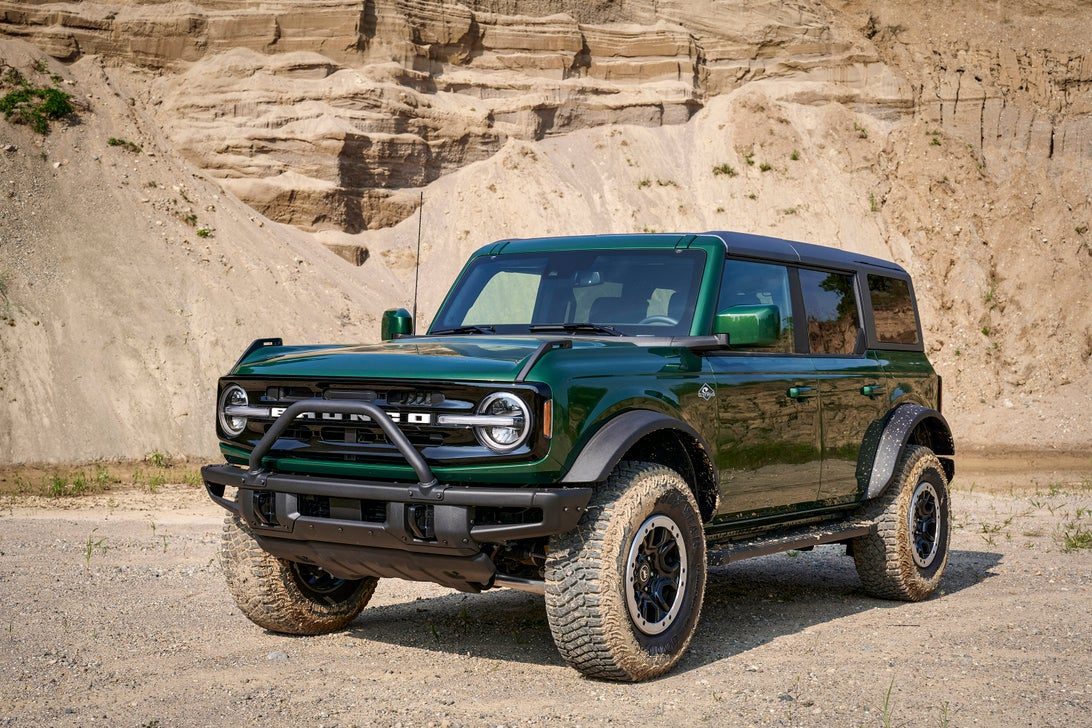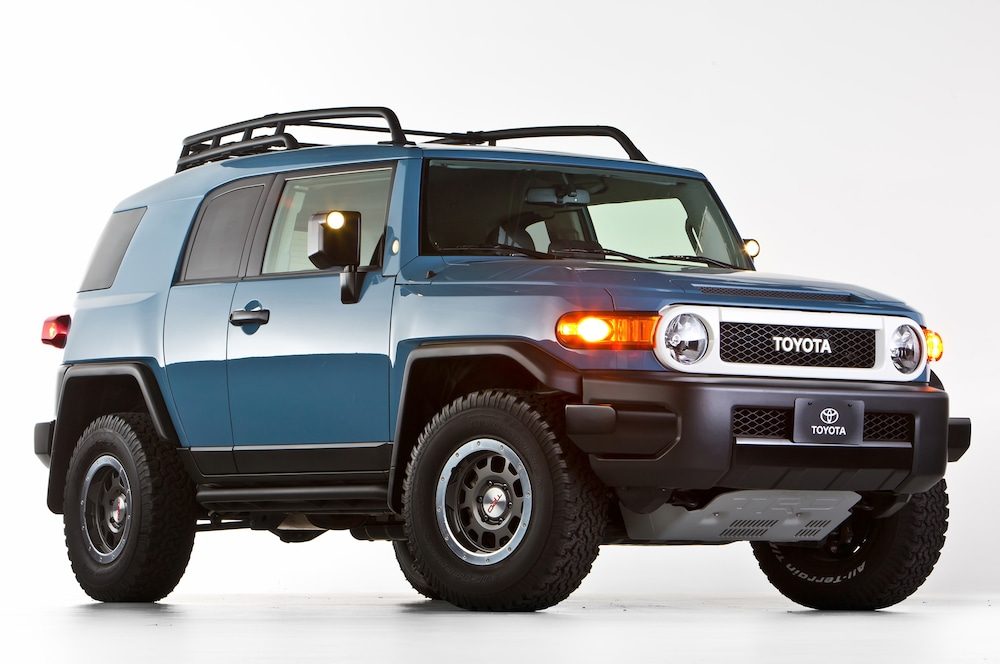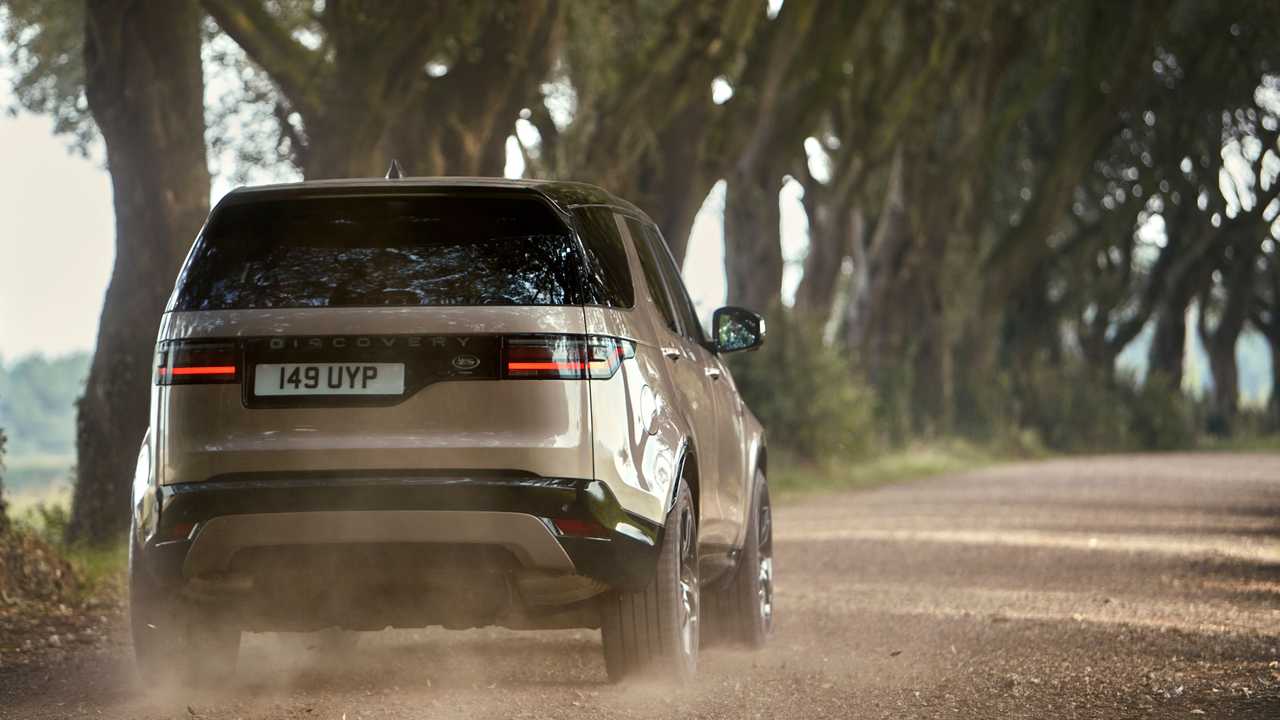The front reminds me of Citroen design language.
This van follows an old design trend that has become new again in the age of EVs. It wasn't a good trend then, it's not a good trend now, and it never will be because it's just bad design. The problem is a lack of depth to the body design.
The entire body is just one smooth flat surface - the headlights, tail lights, windows, all the edge lines, all the panel gaps. They're all one flat continuous surface as if the car was a marshmallow or something. It's horrible. While that
can be done well, it often isn't. Sketch Monkey got a new car recently and addressed this point in comparison to his old car. He starts talking about this design aspect at 1:00:
If you really pay attention while walking through a parking lot you'll notice which cars have a substantial design to them and which ones don't. In general, the use of chamfered edges creates a framework around graphics like lights and vents and makes them look like they belong where they are. You wouldn't simply take a paper movie poster and tape it to the wall, you would frame it, right? Photos aren't just stuck on shelf, they're framed because that's where they belong. That's what these little chamfered edges do. Here is an example of that Ram from generation to generation:
Which one of those two looks more like the designers thought and cared about what they were doing? Which one looks like it's made out of solid, strong material? Which one looks like it was designed with purpose rather than tacked on afterwards?
Let's find some of Hyundai's own examples. Actually we can compare both methods on one car.
The grille, the lower grilles, and the headlights on the Palisade look good. They're inset, they have depth, they appear chiseled out like the car was a solid billet that had holes milled out for the headlights and grilles etc. And then there are the DRLs above the headlights which are just kind there.
We can compare different design philosophies with new EVs and can obviously tell which one is better.
Even from a distance you can see how Mercedes and Audi approached graphic design very differently. While the Audi's rear lights have depth and appear framed within the solid body, the Mercedes lights might as well just be a sticker. A sticker on a melted blob of cheese. That EQS is one of the most egregious 2-dimensional design disasters of the modern era, honestly.
Anyways, that was a long story just to say that this Hyundai van design is terrible and ugly and unsubstantial and forgettable and derivative and is a symptom of a big problem we're going to deal with in the age of EVs. These fresh-out-of-school designers all think EV surface contours have to be a flat as a sheet of paper, like they're all made of glass or something. It's terrible.

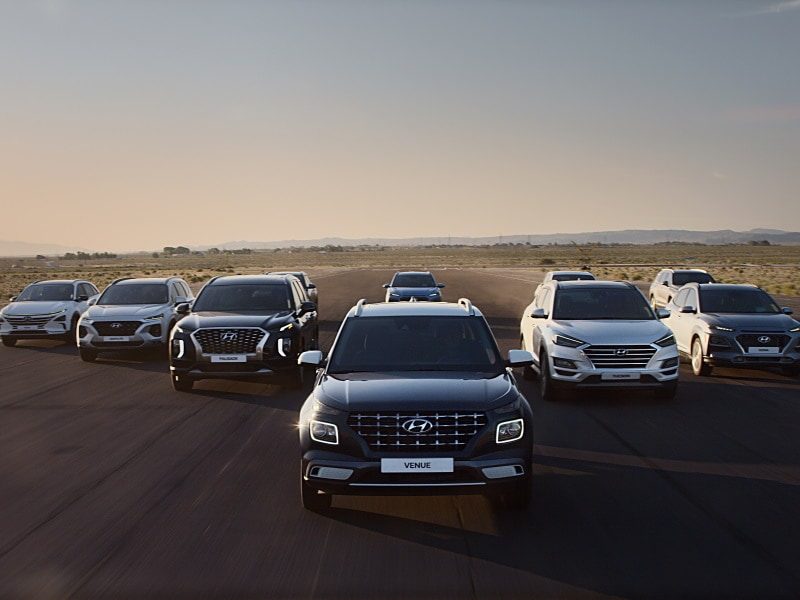
 www.hyundai.com
www.hyundai.com





